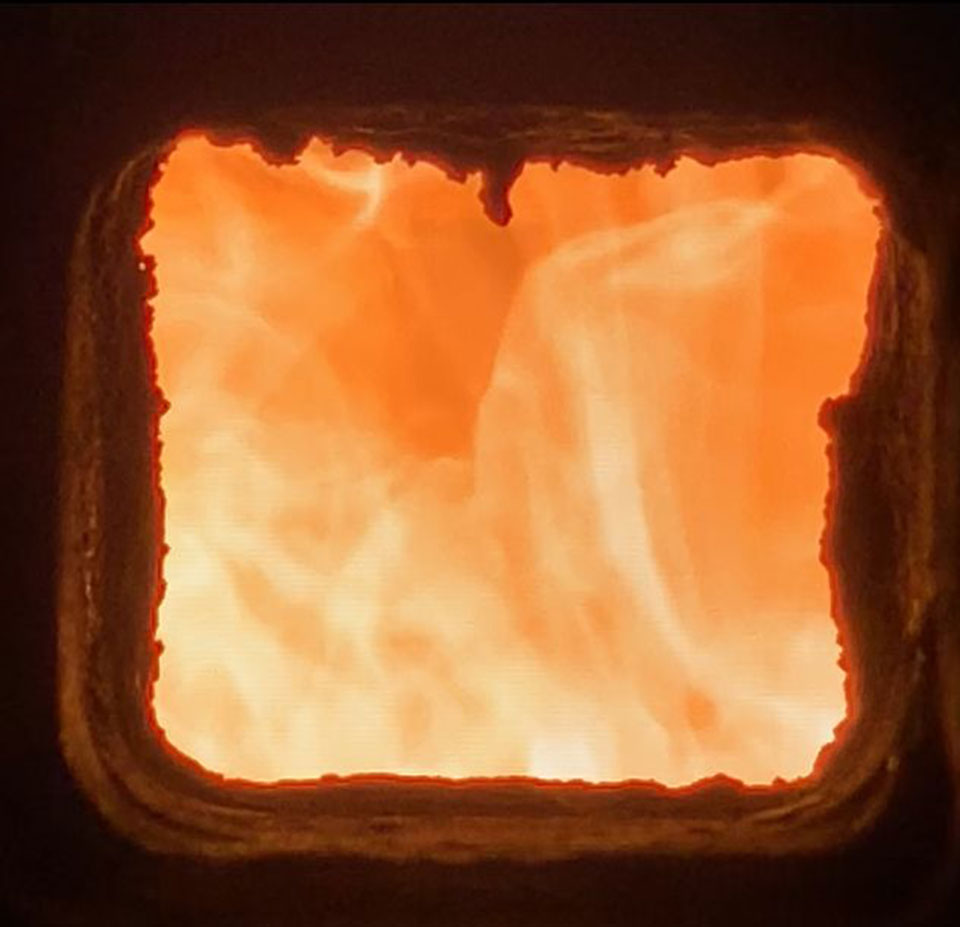The Purpose to Calcine Petroleum Coke
1. To Remove the Volatile Matter and Water in the Raw Material
There is a certain amount of volatile matter and 3%-10% water in petroleum coke. By burning out the volatile matter and water, the content of fixed carbon will be raised, the following processes of smashing, sieving and grinding etc. will be better done, and the product quality will be higher.
2. To Increase the Real Density and Mechanical Strength
Because the volatile matter is burned out in the calcining process, petroleum coke gets a smaller volume, better real density, mechanical strength, and heat endurance. Calcining the petroleum coke completely helps ensure the quality of carbon products.
3. To Improve the Conductivity
After being calcined, the molecular structure of petroleum coke is changed, and the electrical resistivity is lowered, thus conductivity is raised. Generally a better calcining process results in better conductivity, which is important for carbon products.
4. To Raise the Oxidation Resistance
As the temperature rises during the calcining process, pyrolysis and polymerization begin, and hydrogen, oxygen and sulfur are burning out. The chemical activity gets down, and the physicochemical property becomes steady so that the oxidation resistance is raised.
The Changes in Physicochemical Property

Being Calcined at 1250℃
1.To Remove the Volatile Matter of Petroleum Coke
Complicated physical and chemical changes appear in the process of calcining petroleum coke. When it is under 200℃, petroleum coke gets heated and water comes out, which is mainly physical changes. While removing the volatile matter, decomposition and polymerization happen as chemical changes. Starting from 200~300℃, the combustible gases, also known as volatile matter, are burning out. The higher the temperature is, the larger amount of volatile matter comes out. At 500~700℃, the removing amount peaks. When the temperature gets even higher, the removing amount gets less sharply. Till above 1100℃, the removing process stops and the volatile matter is lessened to below 0.5%.
2.The Change in Real Density of Petroleum Coke
The Real Density of petroleum coke is raised from 1.42~1.61g/cm³to 2.00~2.12g/cm³ after the calcining process. As the temperature changes, the real density changes accordingly, which means that the real density directly reflects how and at what temperature the petroleum coke is being calcined. Because the volatile matter is removed and decomposition and polymerization happen, the structure is remodeling, the volume becomes smaller, and the real density gets higher. Because the real density can show how the coke is densified and regularized so that it can mark the quality of calcined petroleum coke and the calcining process. Generally speaking, at the same temperature, the higher the real density is, the more easily the calcined petroleum coke gets graphitized.
3.The Change in Oxidation Resistance of petroleum coke
As the temperature rises, impurities are gradually removed, and the chemical activity gets down. Meanwhile, the hydrocarbon escaped in the calcining process forms a shining pyrolysis carbon film with steady chemical property, thus the oxidation resistance of calcined petroleum coke is improved.
4.The Change in Volume of Petroleum Coke
All kinds of petroleum coke will get contracted after being calcined, while the degree of contraction is different. The petroleum coke with more volatile matter and bigger escaping amount will be contracted into a smaller volume. For instance, its contraction rate can be over 20%. Generally the physicochemical changes are dependent on the property of petroleum coke and the calcining temperature. The highest temperature of calcining will be at around 1250℃, and the carbon atoms in petroleum coke are of ordered arrangement in two-dimensional space.
Contact: Eric Wong
Tel: +86-21-80392244
WhatsApp: Dr.Carbon
E-mail: eric@sino-graphite.com
Add: 1150#, Lanfeng Rd, Fengxian, Shanghai, China